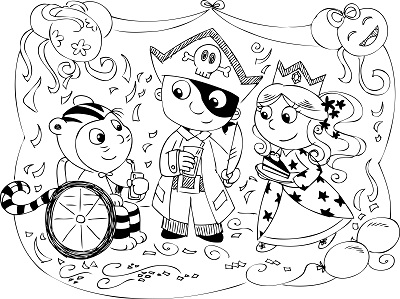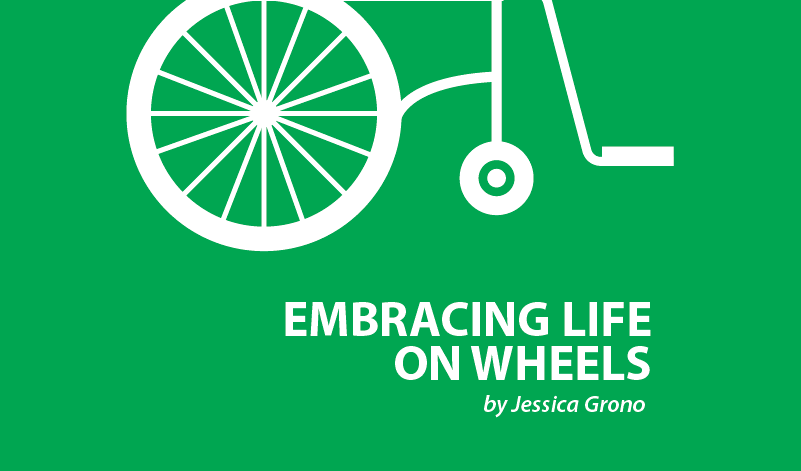October is the start of fun holiday events and celebrations as we enter the end of the year. Having cerebral palsy doesn’t mean that a child or parent with cerebral palsy can’t participate in Halloween celebrations. Modifications, research and planning ahead will make Halloween not only possible, but enjoyable for all family members.
When I was a young girl, Halloween seemed more challenging than fun to me. Finding a costume that stayed on me would be the first task. My involuntary movements from cerebral palsy made getting the costume on more difficult.
Then the question would be “Where will I trick or treat?” In the early 1980s, accessibility and inclusion weren’t factored into Halloween fun like they are today. We never heard of trunk or treat (if you’ve never heard of that, read on), or malls having trick-or-treating. The sidewalks around my neighborhood weren’t the best for my wheelchair to navigate. Plus, my dad had to carry me to neighbors’ doors, so there wasn’t any mystery to who I was. It took the fun away from Halloween.
I decided to give up trick-or-treating and hand out candy instead. My brother and sister would share their candy with me, so I never missed out. However, I wished I could participate like any other kid. Now times have changed and Halloween can be much more accessible for everyone.
First, let’s talk about costumes! I’m very impressed with how creative Halloween costumes are for children who use wheelchairs. Instead of singling out the wheelchair, people are incorporating their wheelchairs into the costume. If you do an internet search on costumes with wheelchairs, you’ll find several terrific ideas. Wheelchairs, braces and walkers do not need to be seen as a problem, but as an asset, to costumes.
Monkeying About at Halloween
One year, my mom and sister took a big cardboard box that would fit over my wheelchair. They decorated the sides of the box as a jungle scene. I wore a monkey costume so it looked like I was a monkey living in the jungle. I will always remember that year because I felt like I fit in with my friends.
Second, there are many other places that allow trick-or-treating. These places are accessible and make areas equal for everyone. Trunk-or-treating is where people decorate their car trunks and hand out candy. Usually, you can find trunk-or-treating at churches, schools and some organizations. Malls also have trick- or-treating that is open to children. Two reasons this is a good idea: Malls are accessible and you don’t need to worry about the weather. Being out in the cold is not easy for someone with cerebral palsy. Muscles are tighter or become more spastic.
Third, it’s more common to see schools offering safe trick-or-treating open to the public. Some places are doing Accessible Halloween. I’m happy to say that I learned about Accessible Halloween when I played in the national power chair hockey tournament this past summer. A new friend told me she had created Accessible Halloween in her area and it was a success. I took the idea, with her blessing, to my local YMCA and they agreed to have it. Accessible Halloween is focused on children with disabilities to trick-or-treat, and participate in crafts and games.
Lastly, don’t forget baking and crafts also are a big part of having Halloween fun. Several crafts can be modified for people who have cerebral palsy. Even though children with cerebral palsy can’t physically bake, they can read the cooking instructions and you can assist them with certain tasks.
Patience, creativity and experimentation can lead to a very fun and memorable Halloween.
Note: Cerebral Palsy News Today is strictly a news and information website about the disease. It does not provide medical advice, diagnosis, or treatment. This content is not intended to be a substitute for professional medical advice, diagnosis, or treatment. Always seek the advice of your physician or other qualified health provider with any questions you may have regarding a medical condition. Never disregard professional medical advice or delay in seeking it because of something you have read on this website. The opinions expressed in this column are not those of Cerebral Palsy News Today, or its parent company, BioNews Services, and are intended to spark discussion about issues pertaining to cerebral palsy.


